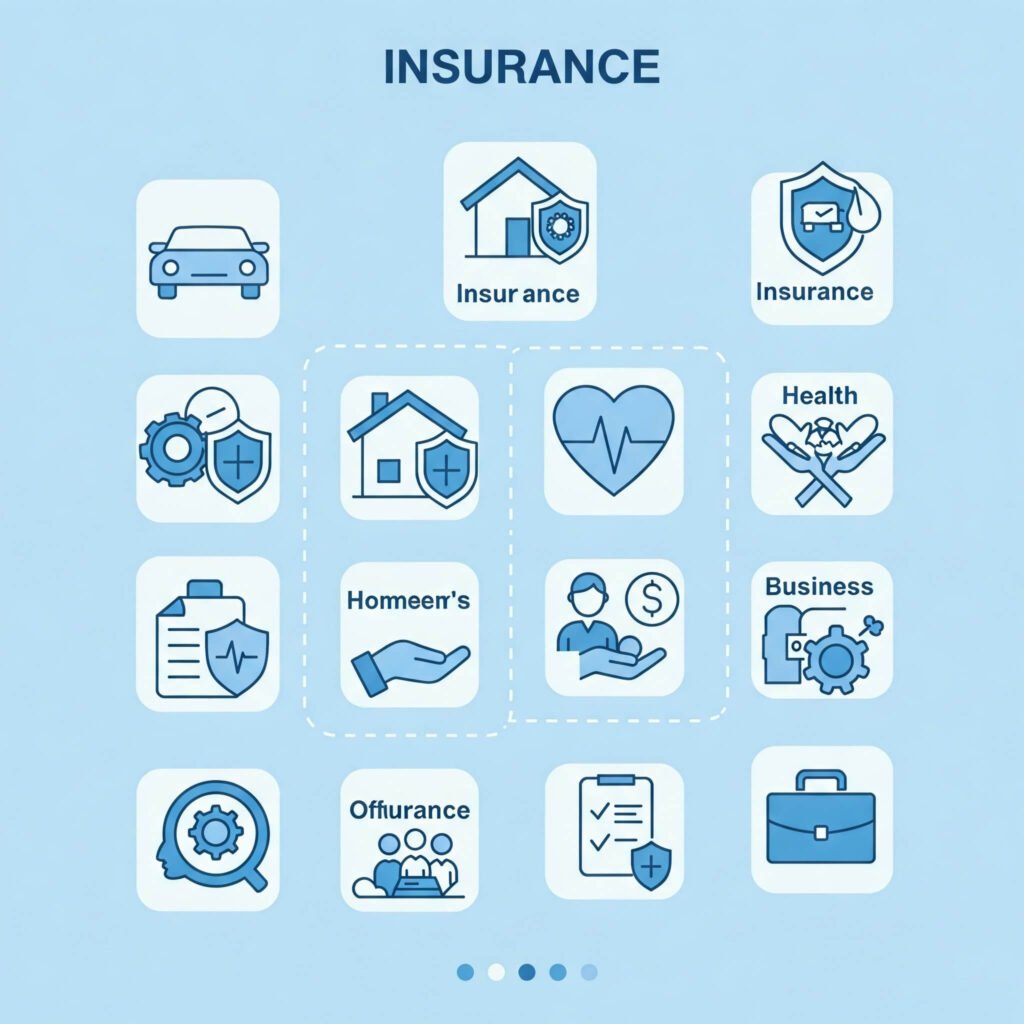Insurance coverage—man, it’s like trying to wrap your life in a safety net while you’re still tripping over your own shoelaces. I’m sitting in my Boston apartment, radiator hissing like it’s got a grudge, surrounded by empty seltzer cans and a laptop screen glowing with an insurance website that’s giving me a headache. I’m no insurance bro, okay? I’m just a dude who spilled coffee on my car insurance papers last week and thought, “Well, there goes my protection.” Insurance coverage is a wild ride, and I’m gonna spill the tea—fumbles, late-night stress, and all—cause I’ve learned some stuff, mostly by being a total disaster.
Why Insurance Coverage Is Kinda My Obsession Now
Insurance coverage is all about protecting your stuff—car, health, home—so you don’t get screwed when life hits you . I got into this in 2023, crashing in a Philly apartment where the walls smelled like regret and old takeout. I was scrolling X, dodging my dishes, when some rando posted about “being fully protected.” I was like, “Psh, I can barely pay my phone bill,” but I dug in anyway. Turns out, insurance coverage isn’t just for rich folks—it’s for anyone who doesn’t wanna lose everything in a fender bender.
Here’s why insurance coverage matters, in my sloppy words:
- Car Crash Vibes: My auto insurance saved me when I rear-ended a Prius last year. Learned this from Forbes after panicking.
- Health Scares: Health insurance covered my ER visit when I thought my appendix was exploding (spoiler: it was gas). Big relief.
- Home Protection: Renters insurance is clutch if your apartment floods. My neighbor’s pipe burst, and I was shook.
I fumbled hard early on. Thought I didn’t need renters insurance cause “nothing bad happens.” Then my laptop got stolen, and my friend Jess, who’s annoyingly good at adulting, was like, “Yo, you’re screwed.” She was right, and I’m still salty.

My Cringe Start with Insurance Coverage
Real talk—I only started caring about insurance coverage cause I was freaking out about a car accident. Back in Philly, I was scraping by, dodging late fees in a studio where the heater sounded like a dying vacuum. Saw an ad for an insurance app on X, and I was like, “Bet, this’ll save my ass.” Got a cheap auto policy, felt like a genius, then forgot to add renters insurance—classic me. Had a minor fender bender, and my coverage saved me $500, making me feel like I’d hacked life, even though I still owed $200 on my phone bill.
That win got me hooked. I started binging Bankrate and X threads like a nerd, trying to figure out how to stay fully protected. Turns out, insurance coverage is about being ready for chaos, not being an insurance bro.
Tips from My Insurance Coverage Faceplants
Here’s what I learned from my many L’s:
- Shop Around: I stuck with a crappy auto policy for a year—dumb. Compare quotes to save cash (Bankrate’s tips).
- Don’t Skimp: I skipped renters insurance and lost $300 on a stolen laptop. Never again.
- Read the Fine Print: I didn’t know my health plan didn’t cover dental. Got a $200 bill and nearly cried.

How I’m Making Insurance Coverage Work for Me
Now, I’m in this Boston apartment, radiator still throwing tantrums, with auto, health, and renters insurance keeping me kinda protected. I’ve got like $400 in my checking account—not much, but it’s enough to cover premiums without a meltdown. Here’s my shaky plan for staying fully protected with insurance coverage:
- Start Simple: You don’t need to be rich. I started with a cheap auto policy from Geico, and it’s easy to manage (Geico’s insurance guide).
- Bundle Policies: I got auto and renters together—saved $15 a month. Big win.
- Check Yearly: I review my coverage annually. Forgot once and overpaid for a year—big oof.
I’m still a mess, though. Last week, I almost canceled my health insurance cause I thought I could “vibe” without it. Didn’t do it, but only cause my cat knocked over my seltzer and I snapped out of it. Why am I like this?
The Emotional Rollercoaster of Insurance Coverage
Insurance coverage in one word? Relief. It’s this weird mix of boring paperwork and lifesaving protection, like a robot bodyguard who doesn’t judge you—much. Last year, my renters insurance covered a $400 repair when my neighbor’s pipe burst, and I felt like a king, even if I was still eating ramen. But when I realized my health plan didn’t cover a dental visit, I was like, “Damn, I’m exposed.” Every time I pay a premium from my phone, I get this dumb little spark, like I’m actually adulting.
It’s not all chill. I stress over policy details, panic when premiums go up, and once forgot my insurance app PIN for a week cause I wrote it on a Post-it I lost. I’m human, y’all, and insurance coverage keeps me grounded.en spotting gaps you might miss. They’re especially helpful for complex needs, like business or specialty coverage.

Wrapping Up My Insurance Coverage Rant
So, yeah, insurance coverage is my attempt at not being a broke disaster when life hits. It’s not sexy, and I’m def not an insurance bro, but it’s keeping me fully protected—kinda. I’m just a guy in a loud apartment, dodging seltzer cans and trying to keep my life together. If I can figure this out while spilling coffee on my insurance papers, you can too. Shop around, read the fine print, and don’t skimp on coverage like I did.



